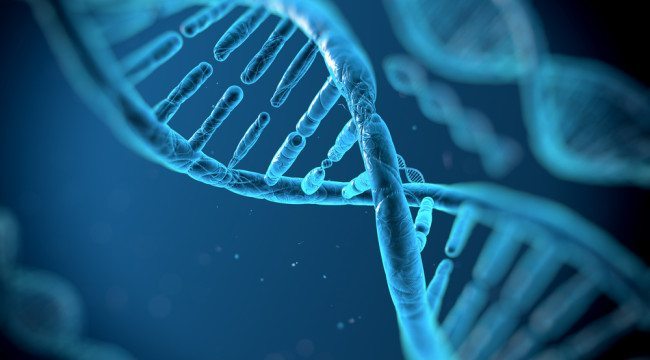
At the beginning of this week, we learned that a number of patients in an ongoing Karyopharm Therapeutics, Inc. (NASDAQ:KPTI) had developed sepsis. On the news, premarket, shares dropped close to 30% and having recovered slightly during the US session on Monday, have since declined further to trade a little over 40% down on last week’s close. The information came as part of the company’s latest financial report, and relates to the mid-stage trial of selinexor – a therapeutic the company is currently trialing for the treatment of acute myeloid leukemia, or AML. Now, obviously, such a development can only be construed as a negative event for the company, but there is an argument that the market response we have seen is an exaggerated one. As such, they may be an opportunity to get in at a discount on what might just turn out to be, looking back, a minor setback for Karyopharm. Let’s look at why.
First, let’s address the details of the situation. This study in question is called SOPRA (Selinexor in Older Patients with Relapsed/Refractory AML), and kicked off across 40 centers in June last year. It is a 2 to 1 randomization trial that is blind against three alternative AML treatments – this basically means that a physician administers one of four treatments (one of which is selinexor) to a patient, but with a weighted proportion of 50% towards selinexor. Sepsis is pretty common in sufferers of AML, but obviously, any increase in sepsis prevalence would class as an adverse reaction to selinexor. Therefore, with the trial modelled as such, we would expect a sepsis prevalence in patients treated with selinexor twice as high as those treated with one of the alternative therapies. At the end of July this year, there had been reports of sepsis in seven patients receiving selinexor, compared with just two reports from two patients in the other arms. In other words, what should be 2 to 1 looks – at this time anyway – to be coming in at 4 to 1.
However, the key point here is that this is not the end of the trial. The company has amended its dosage to fall in line with a dosage issued during the phase 1 safety and tolerability trial, and continued otherwise as is. What was once a tailored dose of 55 mg/m² (body surface area) is now a standard 60 mg issue per patient – which translates to (on average) about a 25% reduction. So with this said, the question becomes can selinexor be effective at this reduced dose? Further, can the reduced dose translate to a reduction in sepsis events? And herein lies the opportunity. The company is currently undertaking a separate trial (phase 1) for selinexor in hematologic malignancies. As part of this trial, it is using two dose levels – and accordingly, these doses line up with both the previously used dosage (high) and the amended dosage (low) in the SOPRA study. In this second trial, so far at least, the lower dosage indication has not reported any out of the norm sepsis levels, and – even more importantly – interim data suggests patients are responding to selinexor at these levels. So, to reiterate the situation, Karyopharm has reduced the dosage of its SOPRA study to bring it in line with dosage levels in another of its studies at which patients look to be responding to treatment. In other words, yes there has been an adverse reaction at the current dosage, but this has now been reduced and (assuming we can get efficacy) this reaction will mean nothing longer-term.
Now, the question remains, if we are looking to enter at the circa 40% discount currently available on the assumption that the lower dosage will prove effective, when will be see vindication of this assumption? Well, in line with the dosage amendment, the company expects interim assessment by mid-2016. Topline data is expected during the last three months of next year.
So what’s the takeaway here? Well, markets have responded to the recent announcement in the same way they might respond to a trial being pulled completely when, in fact, the trial could very well go on to complete as expected – albeit at a lower dose. This has introduced an apparent inefficiency in Karyopharm’s market capitalization, and one that a risk-on investor might want to take advantage of.




